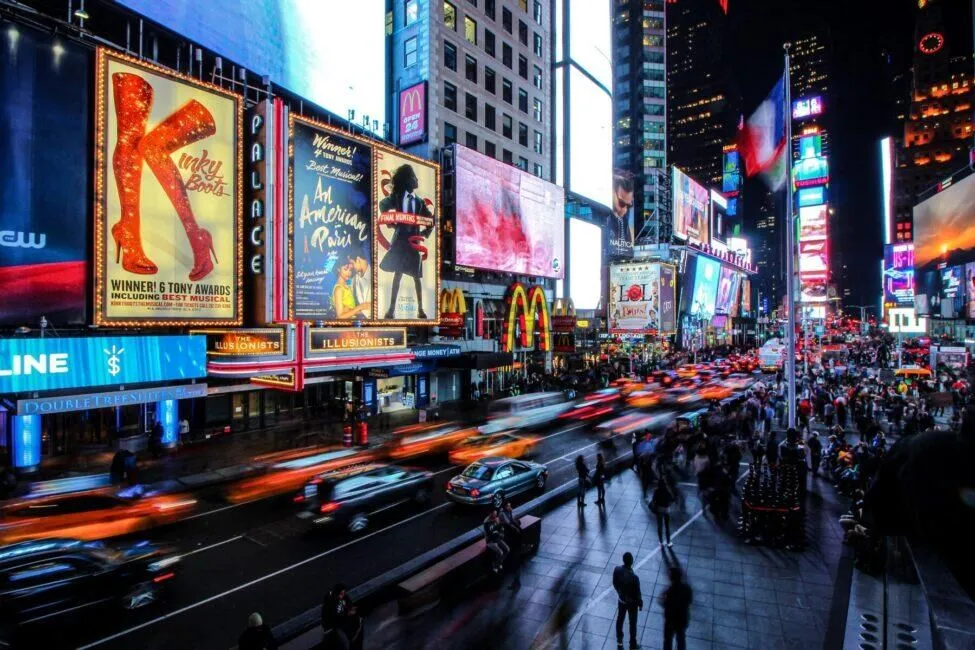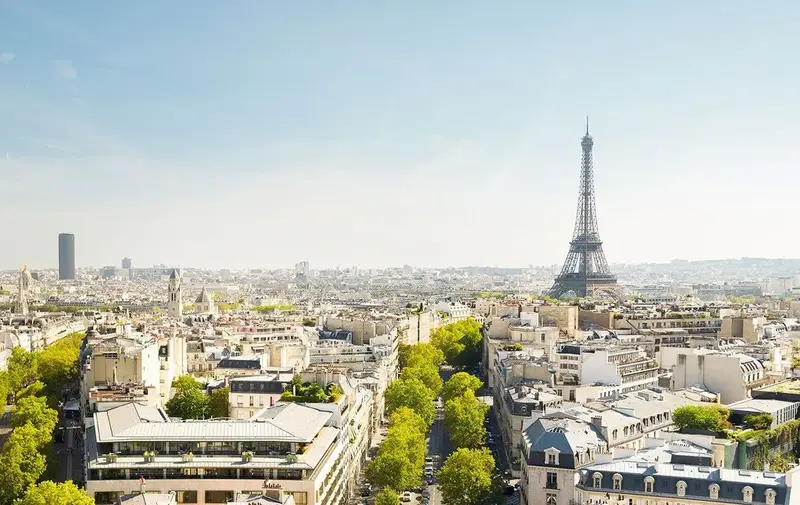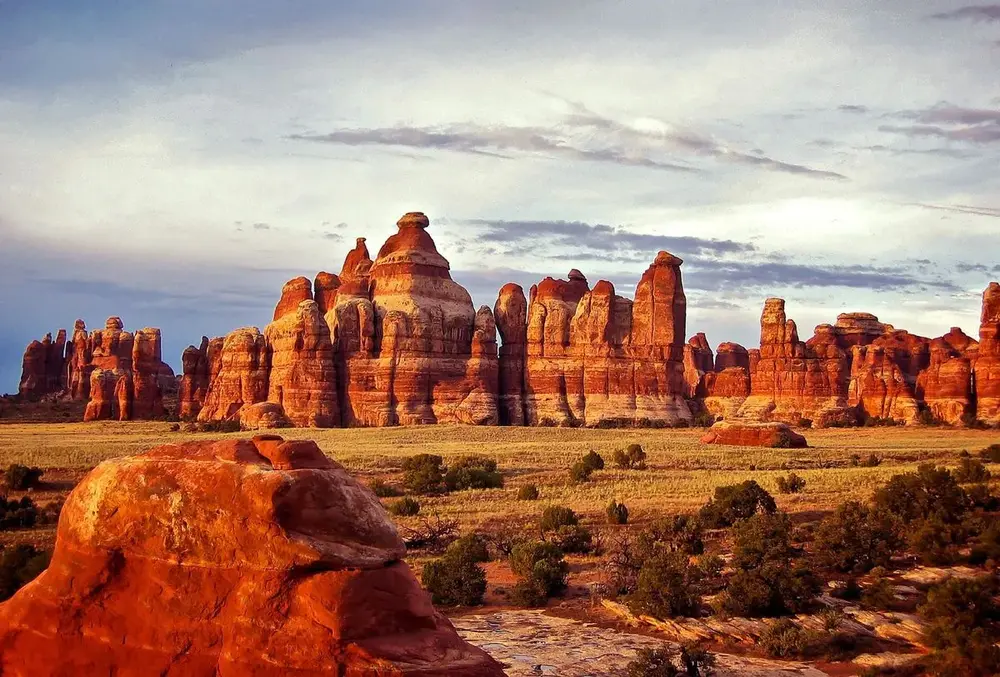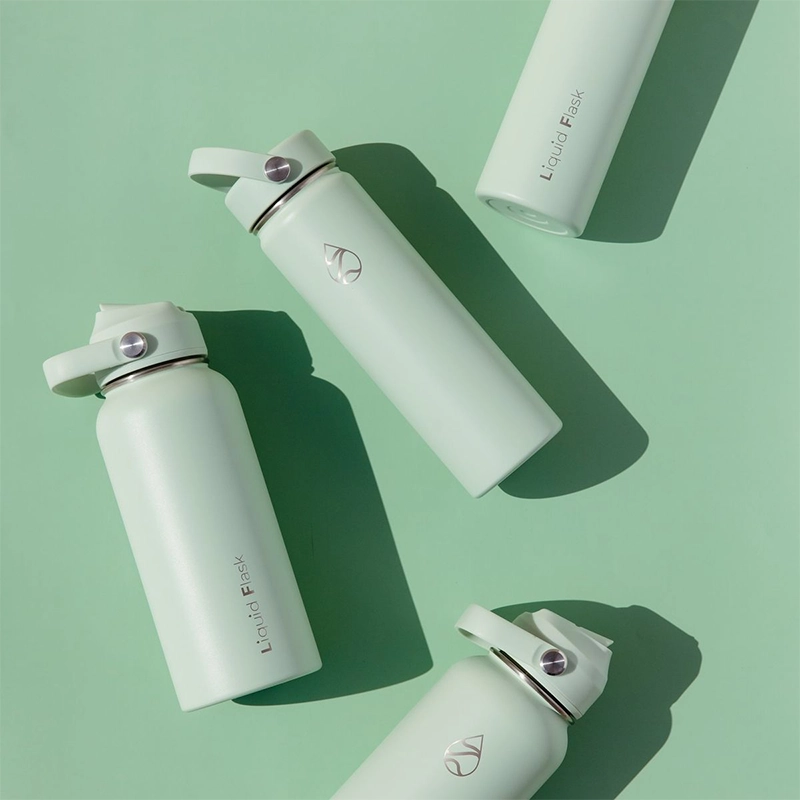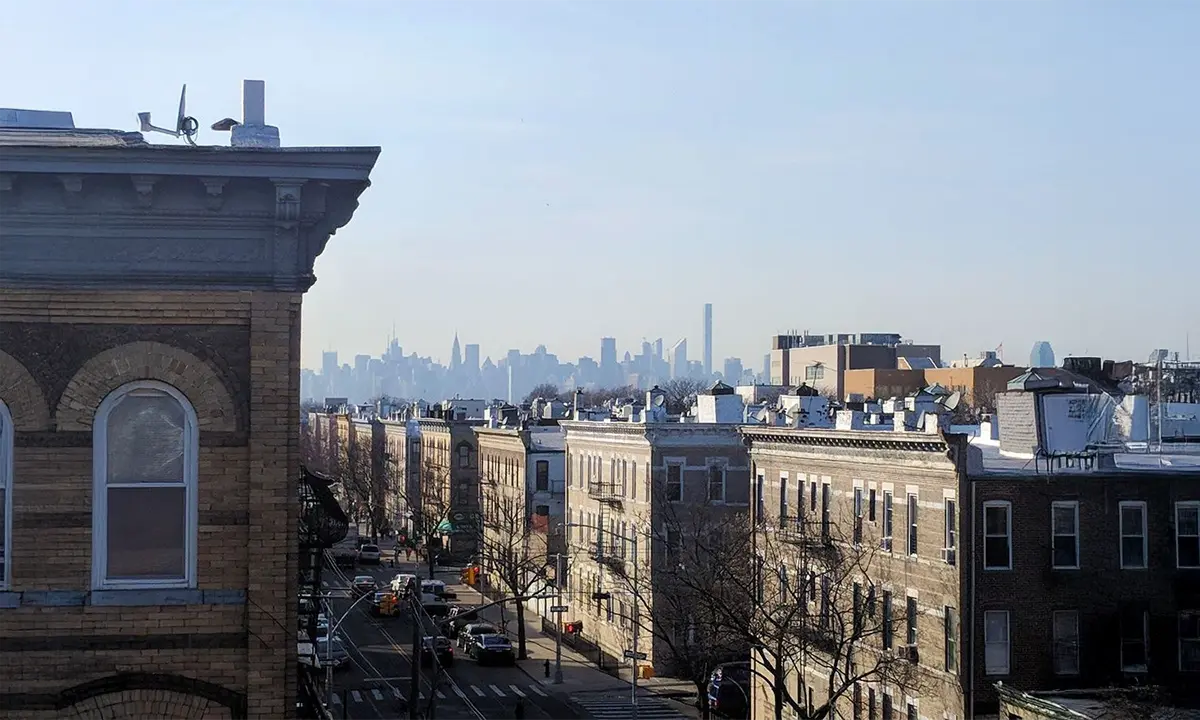LIFESTYLE
Best Time to Visit Iceland: A Season-by-Season Breakdown for Real People
April 16, 2025

There are no bad photos of Iceland. Just bad timing. The landscape is dramatic enough to make a puddle look like a film set. But depending on when you visit, that puddle could be frozen, flooded, or hiding under a snowstorm. So what is the best time to visit Iceland?
It depends on what you expect from a place that’s famous for glaciers, hot springs, active volcanoes, and arctic winds. Some people want twenty hours of daylight and green valleys. Others want three hours of sun and a shot at seeing the northern lights. Either way, Iceland gives you what you came for. You just have to know when to show up.
What You’ll Find in This Iceland Trip Guide
- Summer in Iceland (June to August): Long Days, Fewer Layers
- Winter in Iceland (November to March): Cold, Dark, and Weirdly Magical
- Fall (September to October): Northern Lights Without Full Winter
- Spring (April to May): Empty Roads and an Awkward Middle Ground
- When to See the Northern Lights in Iceland
- Iceland’s Must-See Spots No Matter the Season
- Cost and Crowds: Why Timing Matters
- So When Is the Best Time to Visit Iceland?
Summer in Iceland (June to August): Long Days, Fewer Layers
If your priority is weather that makes sense, summer is probably the best time to visit Iceland. Days stretch endlessly, sometimes with sunlight until close to midnight. The temperatures hover around 10 to 15 degrees Celsius, which sounds chilly until you realize that in Iceland, that counts as warm. Hiking trails are open, roads are safe, and you can drive the full Ring Road without a blizzard waiting around the next corner.
Tourist numbers peak in July, which means the more popular sites like Gullfoss and Thingvellir can get crowded. You will also pay more for everything, from accommodation to rental cars. But you get to experience iconic spots like the Blue Lagoon or the black sands of Reynisfjara beach in relative comfort. Puffins are around, waterfalls are at full strength, and the vibe is active. If you are planning to road trip or hike, this is the season to do it.
Winter in Iceland (November to March): Cold, Dark, and Weirdly Magical
Winter in Iceland is not for people who want a relaxing vacation. It is for people who want something completely different. Darkness dominates, with barely four or five hours of light in the shortest days. But what you lose in sunshine, you gain in otherworldly beauty. Snow covers the lava fields. Ice caves open up for guided tours. The northern lights start to appear.
This might be the best time to visit Iceland if your goal is to see those green and purple streaks light up the sky. There is never a guarantee, but from late September through March, your chances are highest. Nights are long, skies are clear, and solar activity is strongest in midwinter. You will need patience and luck, but when it happens, it feels completely unreal.
Driving conditions can be unpredictable, though. Roads close with little warning, and some remote areas are off-limits without a proper vehicle or a guide. Many smaller hotels and attractions shut down or reduce hours. But for travelers who are okay with some uncertainty, the reward is a version of Iceland that feels quieter and more intense.
Fall (September to October): Northern Lights Without Full Winter
If you are trying to balance affordability with natural beauty, fall might be the best time to visit Iceland. Prices drop after August, and while it is definitely colder, it is not quite winter yet. You still have access to most parts of the country, and crowds are thinner than in summer.
More importantly, the northern lights start to show up again. The skies are darker, and there is still a good amount of clear weather. This is also the time when the landscapes shift. The moss on the lava fields turns rusty red and gold. Waterfalls feel more dramatic under the gray skies. It is less predictable but more moody, in a good way.
Spring (April to May): Empty Roads and an Awkward Middle Ground
Spring is often overlooked. It is not warm enough for full outdoor adventures, but not cold enough to guarantee northern lights. Snow is melting, creating muddy trails and swollen rivers. But if you want to avoid crowds and still catch the start of the green season, this could quietly be the best time to visit Iceland.
The upside is in the calm. Fewer tourists. Cheaper flights. More space to just exist in the middle of incredible scenery without waiting for a selfie spot to open up. If you are not chasing any specific bucket-list moment, spring can be surprisingly satisfying.
When to See the Northern Lights in Iceland
Let’s be honest. Most people search for the best time to visit Iceland because they want to see the northern lights. And fair enough. They are unpredictable, dramatic, and unlike anything else. The best chance to see them is from late September through mid-March. They require clear skies, cold nights, and a little bit of luck.
There are apps and forecasts, but no guarantees. Your best shot is to stay in Iceland for at least a few nights, avoid full moon periods, and get outside the main city lights. Many visitors base themselves in Reykjavik and take tours outside the city at night. Others head to places like Vik, Akureyri, or Hella for better conditions and less light pollution.
Just remember — even when you plan everything perfectly, nature might not cooperate. If you’re going in winter just for the lights, build in some backup experiences like glacier hikes, geothermal pools, or local food spots so you are not disappointed if the sky stays quiet.
Iceland’s Must-See Spots No Matter the Season
No matter when you go, there are a few places in Iceland you will hear about constantly — and with good reason. These spots deliver, whether they are covered in snow or glowing under midnight sun.
The Golden Circle is the most famous route, covering Þingvellir National Park, Gullfoss waterfall, and the Geysir geothermal area. It is close to Reykjavik and can be done in a day. It is also tourist-heavy, but early mornings help.
The South Coast has black sand beaches, Skógafoss and Seljalandsfoss waterfalls, and glacier views that feel unreal. You can visit all year, but the area really opens up in summer.
The Blue Lagoon is near the airport and always gets mixed reactions. Yes, it is expensive and crowded. But it is also one of those surreal experiences that is hard to skip the first time around.
Jökulsárlón Glacier Lagoon is on the southeast coast and feels like another planet. Icebergs drift slowly through the water, seals pop up from time to time, and the Diamond Beach nearby is covered in crystal-like ice chunks.
Snæfellsnes Peninsula is less crowded and often described as “Iceland in miniature.” You get lava fields, waterfalls, cliffs, and a glacier — all without needing to cross the whole country.
Cost and Crowds: Why Timing Matters
Another reason why people look for the best time to visit Iceland is money. It is not a cheap destination. Flights, food, rental cars, and accommodation can eat your budget fast. High season, especially July and August, means paying more for less availability. Shoulder seasons like May, September, and October offer a better balance. Fewer tourists. Lower prices. Still plenty to see.
If you’re budget-conscious, keep an eye on airfare deals during spring and fall. And always book car rentals early. Iceland has limited supply, and last-minute bookings usually mean either nothing available or prices that make no sense.
So When Is the Best Time to Visit Iceland?
It depends on your definition of “best.” If you want long days, open roads, and every waterfall at full blast, summer is it. If you’re chasing northern lights and don’t mind being cold, winter is your moment. For fewer crowds and still-decent weather, go in fall. For quiet and empty roads, try spring.
The truth is, Iceland always gives you something. It is just a matter of what trade-offs you are willing to make. There is no wrong time to go. Just better times depending on your mood, budget, and tolerance for cold rain slapping you sideways in the middle of a lava field.
